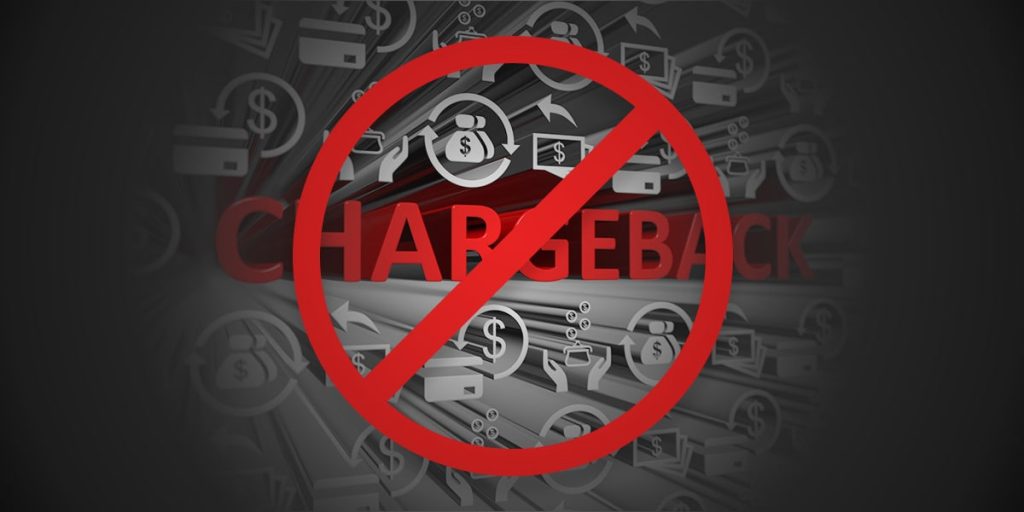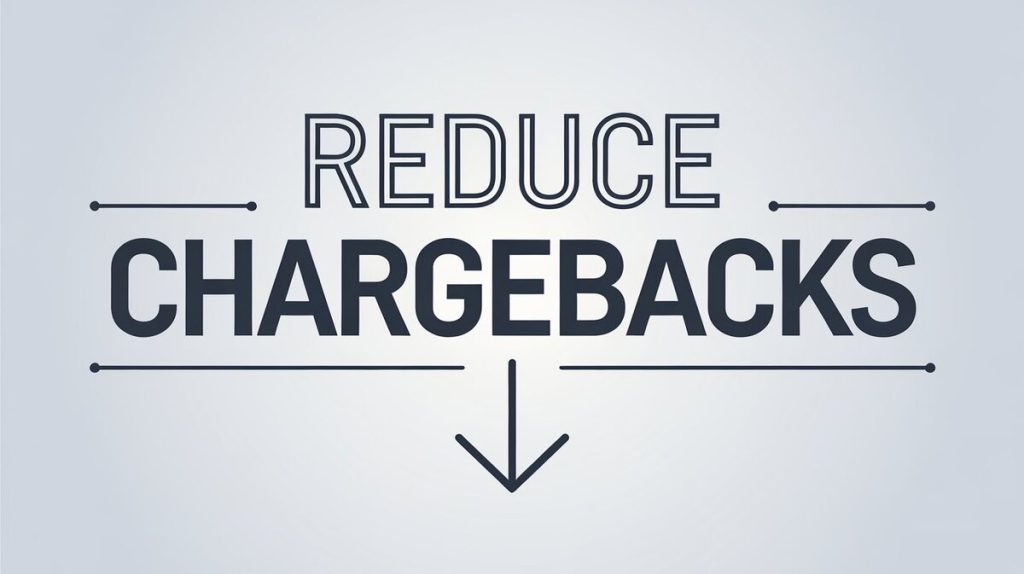Chargebacks can significantly damage a business’s financial health, leading to lost revenue, fees, and reputational damage. While chargebacks were originally designed to protect consumers, they have become a major challenge for merchants, particularly in online transactions. This guide provides actionable strategies to help businesses reduce chargebacks effectively.
What Are Chargebacks and Their Impact?
Chargebacks are payment reversals initiated by cardholders through their banks. While they provide consumer protection, for businesses, chargebacks mean revenue loss and additional costs, including transaction fees and penalties. According to LexisNexis, for every dollar lost to chargebacks, merchants incur an additional $3.75 in related costs.
Common Causes of Chargebacks
Chargebacks typically occur due to:
- Fraud: Unauthorized transactions using stolen card information.
- Non-delivery: Customers claim they did not receive the purchased product or service.
- Product misrepresentation: The product received differs from the description.
- Billing errors: Duplicate charges or incorrect billing amounts.
- Friendly fraud: Customers initiate chargebacks instead of using the return process.
| Common Chargeback Causes | Example |
|---|---|
| Fraud | Stolen credit card used for purchase |
| Non-delivery | Product not received by customer |
| Product misrepresentation | Item does not match description |
| Friendly fraud | Customer bypasses return process |
Chargeback Costs
Each chargeback results in direct financial loss, including fees ranging from $20 to $100 per chargeback, and businesses with a high chargeback ratio may face higher processing fees or even account suspension from payment processors. Payment networks like Visa and Mastercard monitor merchants’ chargeback ratios, and businesses exceeding a 1% chargeback rate are subject to penalties.

Strategies for Reducing Chargebacks
1. Use Fraud Prevention Tools
Fraud is a leading cause of chargebacks. Implementing fraud detection systems like Stripe Radar or Checkout.com’s anti-fraud solutions can reduce the risk of fraudulent transactions. Multi-factor authentication (MFA) and 3D Secure 2.0 are also essential tools for verifying the identity of customers.
Merchanto.org, an official partner of Visa and Mastercard, provides specialized tools for chargeback prevention, helping businesses reduce chargeback rates. Find out more at Merchanto.org.
2. Ensure Accurate Product Descriptions
One of the main reasons customers initiate chargebacks is that the product they receive does not match the description. To avoid this, merchants must provide clear, accurate product information, including detailed descriptions, dimensions, and high-quality images from multiple angles.
| Key Product Information | Details |
|---|---|
| Product dimensions | Size, weight, material |
| Shipping information | Clear delivery times, tracking available |
| High-quality images | Multiple angles, 360-degree views |
3. Enhance Customer Service
Good customer service can prevent chargebacks by resolving issues before customers contact their banks. Offering multiple communication channels, such as email, live chat, and phone support, ensures that customers can easily resolve concerns. Businesses should respond to inquiries quickly and make the return process simple and transparent.
4. Implement Clear Refund and Return Policies
A straightforward refund policy encourages customers to approach the business directly rather than filing chargebacks. Ensure your return conditions and refund timelines are clear and accessible. Many businesses have successfully reduced their chargeback rates by simplifying their return processes.
5. Monitor and Analyze Chargeback Data
Regularly analyzing chargeback data helps businesses identify trends and address recurring problems. For instance, if chargebacks are related to shipping delays, businesses can improve logistics and fulfillment processes.
| Chargeback Monitoring Benefits | Outcome |
|---|---|
| Identifies recurring issues | Process improvements |
| Reduces disputes | Prevents escalation to chargebacks |
| Enhances fraud detection | Detects fraudulent patterns early |
6. Maintain PCI DSS Compliance
Ensuring compliance with PCI DSS (Payment Card Industry Data Security Standard) helps secure cardholder data, reducing the risk of data breaches and fraud-related chargebacks. Non-compliance with PCI DSS increases the risk of penalties and higher chargeback ratios.
| PCI DSS Requirements | Key Actions |
|---|---|
| Encrypt cardholder data | Use SSL certificates and encryption |
| Regularly test security | Conduct vulnerability scans |
| Maintain secure networks | Implement firewalls and anti-virus software |
How Chargebacks Affect Businesses
Beyond lost revenue, high chargeback rates harm a business’s reputation with payment processors. Businesses that exceed a 1% chargeback ratio are at risk of increased fees and potential suspension by payment networks.
| High Chargeback Consequences | Details |
|---|---|
| Increased processing fees | Higher transaction costs |
| Monitoring program enrollment | Additional fees, mandatory reviews |
| Merchant account suspension | Inability to accept card payments |

Communication as a Key to Reducing Chargebacks
1. Consistent Branding
Customers often initiate chargebacks because they do not recognize the merchant’s name on their credit card statement. Ensure the business name displayed on the transaction matches the name familiar to the customer to prevent confusion.
2. Clear Shipping Information
Delayed or missing shipments are a major cause of chargebacks. Providing detailed shipping information, including tracking numbers and estimated delivery times, helps reduce disputes.
3. Order Confirmation and Tracking
Sending order confirmations and tracking details as soon as the customer makes a purchase reassures the buyer and provides documentation in case of disputes.
Using Data to Minimize Chargebacks
Regularly reviewing transaction and chargeback data helps businesses identify problem areas. By analyzing the causes of chargebacks—whether fraud, product dissatisfaction, or shipping issues—businesses can adjust processes to minimize risk.
| Chargeback Analysis Key Metrics | Focus Area |
|---|---|
| Fraud-related chargebacks | Strengthen authentication processes |
| Shipping-related chargebacks | Improve delivery accuracy and speed |
| Product-related chargebacks | Enhance product listings and descriptions |
Why Reducing Chargebacks is Critical
A high chargeback rate not only results in lost revenue but also puts a business at risk of penalties from payment networks. Keeping chargeback rates below 1% is essential to maintaining a healthy relationship with payment processors and avoiding additional fees or account suspensions.
Conclusion
Reducing chargebacks requires a proactive approach, including fraud prevention, clear communication with customers, and data analysis. By following the strategies outlined in this article, businesses can lower chargeback rates, protect revenue, and strengthen customer relationships. Start implementing these practices today to minimize the financial impact of chargebacks and maintain a secure business environment.
This concise, fact-based guide aims to provide actionable strategies for reducing chargebacks, supported by data and trusted sources from the payment processing industry.



